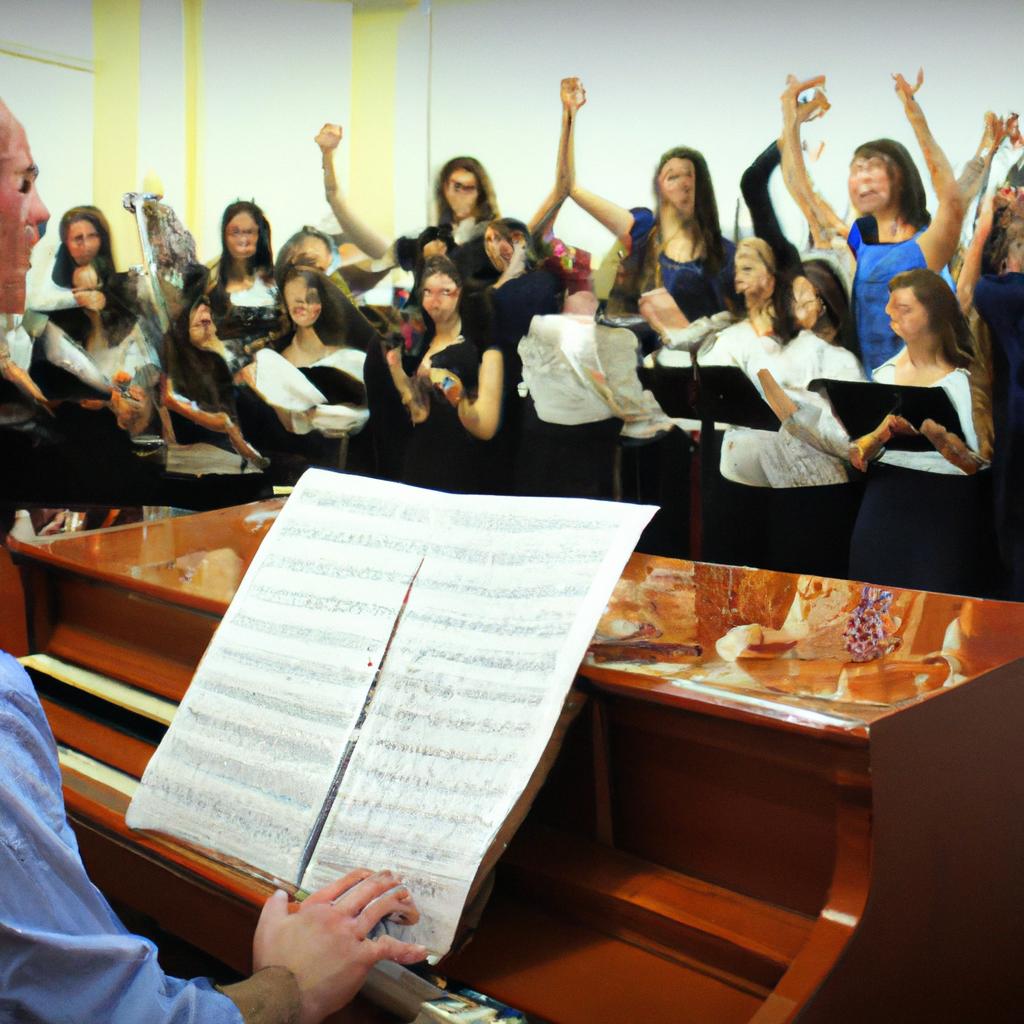Vocal harmony is a fundamental aspect of vocal ensembles, allowing multiple voices to blend together in a cohesive and pleasing manner. Achieving harmonious sounds requires more than just individual talent; it necessitates the understanding and implementation of various vocal techniques. This article serves as a comprehensive guide for vocal ensembles …
Read More »Vocal Registers in Vocal Ensemble: A Harmonious Exploration
The study of vocal registers in vocal ensembles is a topic that has fascinated music scholars for decades. The exploration and understanding of these distinct ranges of the human voice play a crucial role in achieving harmonic balance within choral groups. Consider, for instance, a hypothetical scenario where an amateur …
Read More »Vocal Expression in Vocal Ensemble: Harmony
Vocal expression plays a crucial role in the overall quality and impact of vocal ensembles. It is through the skillful manipulation of vocal techniques and harmonious blending of voices that these ensembles create their unique soundscapes. This article aims to explore the concept of harmony in vocal ensemble performance, focusing …
Read More »Tone Color: Vocal Ensemble Harmony
Tone color, also known as timbre, constitutes an essential element in the realm of music. It refers to the unique quality or characteristic that distinguishes one sound from another. In vocal ensemble harmony, tone color plays a pivotal role in creating a rich and vibrant musical experience. For instance, consider …
Read More »Harmony in Vocal Ensemble: The Melodic Balance
The pursuit of harmonious melodies has long been a focus for vocal ensembles, as they strive to achieve the perfect balance between voices. This delicate equilibrium is crucial in creating a captivating musical experience that resonates with both performers and listeners alike. To illustrate this point, let us consider a …
Read More » Richmond Mens Chorus
Richmond Mens Chorus




